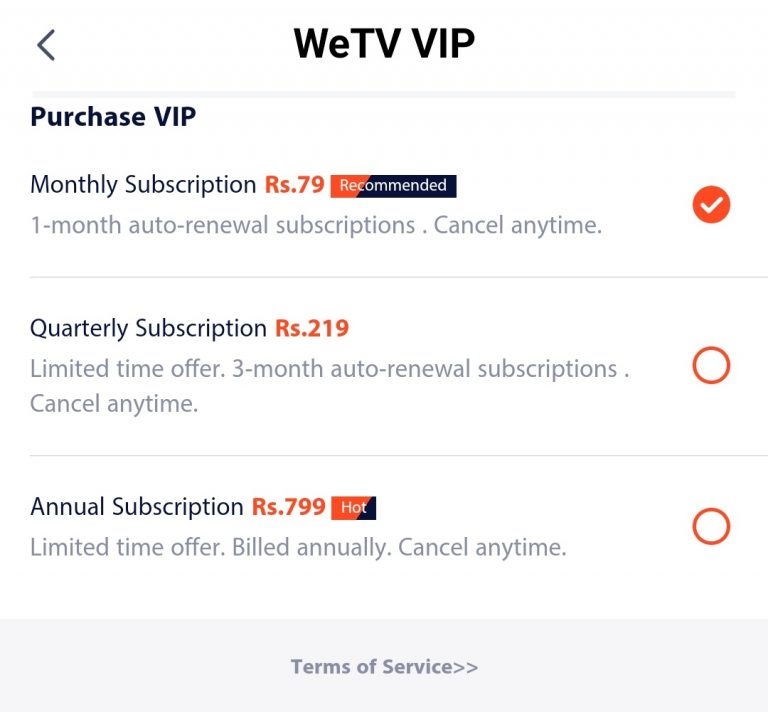Whether you can fight in the melee is another unknown. You can see the Chinese streaming media giant again.
Editor’s note: This article is selected from KrASIA, the original title is India might be the last frontier for Netflix in the global streaming war, author Moulishree Srivastava.
A $ 5 billion Indian video-on-demand market, a new battleground for global streaming giants.
Netflix, Amazon Prime, and Hotstar parent Disney have all set their sights on this hot spot. Even though Netflix has been operating in India for three years, the US media services giant still lags behind Hotstar and Amazon Prime. Data from data research platform Oddup shows that as of October 2019, Hotstar’s market share was 29%, Amazon Prime followed closely with 10% market share, and Netflix’s market share in India was about 5%.
The United States can’t play at home, the cards can’t be copied, and the Indian market can’t afford to lose. Where will Netflix break through?
More local and original
It wasn’t until 2019 that Netflix began to take it seriously, “pump up your sleeves and work hard.”
Netflix found that unlike Americans and Europeans, Indians mostly watch videos on smartphones, so in order to reach nearly 500 million smartphone users, Netflix and Airtel, Vodafone and other leading telecommunications companies, Hathway Internet service providers like ACT Fibernet, and mobile phone brands including OnePlus have established strategic partnerships.
At the same time, for the Indian market, Netflix has made innovations in subscription plans-subscription plans have become more affordable. After three months of trials, Netflix launched a $ 2.8 monthly mobile package in India last July, the first such package in the world.
Currently, Netflix is testing annual subscription plans for specific users and regions to compete with Amazon Prime and Hotstar.
India VP of consulting firm Media Partners AsiaMihir Shah told KrASIA: “Acquiring and retaining monthly subscribers is a huge challenge, and Netflix has done a lot of experimentation with pricing, content, and promotion in the Indian market.”
Today, original and exclusive content has become the new focus of the streaming battle to gain loyal users. To increase localized content production, in April 2019, Netflix announced that it will collaborate with Bollywood filmmakers including Karan Johar, Farah Khan, and Ronnie Screwvala to produce 10 new original movies.
In the second half of 2019, Netflix signed a content partnership with producer Johar’s company Dharma Productions and actor Ajay Devgn’s Ajay Devgn Films to collaborate with Red Chillies Entertainment under actor Shahrukh Khan. Rival Amazon Prime also has long-term content agreements with production companies including Yash Raj Films, Dharma Production, Salman Khan Ventures, and T-Series.
Melee streaming media market
But in the past 2 years, the Indian video streaming market has started to become crowded.
Netflix and Amazon Prime initially targeted urban users, and are now entering second- and third-tier cities with their local language content; Hotstar is the first to target the mass market by offering free services such as live sports broadcasts for one year, On the basis, the introduction of high-quality content from Disney and HBO to attract English-speaking users, and then realize the monetization. In April 2016, Hotstar launched subscription-based video on demand service Hotstar Premium. The uncut version of the epic fantasy-themed TV series “Game of Thrones” quickly became popular as soon as it was aired. TV series.
In early 2019, Hotstar launched Hotstar Specials to enter the original content market. To this end, its parent company Disney has also earmarked a budget of nearly US $ 17 million (INR 1.2 billion). A media executive who asked not to be named told KrASIA: “Hotstar has invested slightly in commissioning original local content.”
Last month, Reed Hasting, Netflix CEOs states that the company’s budget for producing original content in 2019 and 2020 amounts to US $ 423 million (30 billion Indian rupees).
At the same time, India ’s wealthy media companies, including Zee5 and AltBalaji, also want to take a share in the video-on-demand market. They are focusing on second and third tier cities and plan to launch dozens of original shows every month. But this does not seem to be a good strategy.
The media executive also said: “Every original show launched is like a half movie conference. If you launch a large number of shows in a month, the result will be only cannibalism.”
AltBalaji and Zee5 even announced a content alliance in the middle of last year to compete with Amazon, Hotstar, and Netflix. Last year, well-known companies such as Apple TV + and YouTube Premium also joined the market.
Prabhu Ram, head of the research group of CyberMedia Research, a market research company, said that with Hotstar and Amazon Prime investing a lot of money in original local language programs, and the addition of companies such as Apple TV +, Disney + and YouTube Premium, in addition to pricing In addition to the squeeze, Netflix is also under pressure to maintain a specific niche market.
Ram said: “As you expand your user base, Netflix is also at risk of losing its features. Due to the overemphasis on Bollywood-based original works, subscribers may no longer be interested in Netflix, and ALTBalaji, Local Indian OTTs like Voot and ZEE5 are already very proficient at making original works. “
In addition, once Disney + enters the Indian market later this year, Hotstar may achieve a leap forward in India.
“The potential integration of Disney + with Hotstar will help Disney gain even more advantages over Netflix,” Ram said.
In the highly competitive Indian video-on-demand market, Viu, a Temasek shareholder, became the first victim of the streaming war: In December 2019, Viu announced his withdrawal from the Indian market.
But new competitors may emerge. China’s iQiyi and WeTV have quietly deployed in the Indian market, but localized content has not appeared in the services launched. But interestingly, the WeTV app is available in six international languages, including Hindi. In addition to free content sponsored by local advertising, WeTV and iQiyi also provide premium paid content services.

Iqiyi India market app screenshot
Ram said: “The economic situation has slowed down and the participation of companies such as TikTok has greatly intensified the competition. Chinese OTT platforms including iQiyi and Tencent Video have to look at the international market and look for new growth. Opportunity. For these companies and other Chinese companies, the Southeast Asian and Indian markets represent a better choice. “
He said that these streaming platforms may consider investing in and producing Indian dialect content, and at the same time touting the content to the Chinese market, that is, “to maintain market differentiation while retaining the existing customer base.”

Tencent Video International Edition WeTV Subscription Pricing
Recommended reading: Indian streaming market, the last hit of Netflix’s comeback (on)
Edit | 郭 沈 @ 出海
Figure | Unsplash

